Pull-ups and Chin-ups: Which Do You Prefer?
- brucepye
- Sep 29, 2014
- 3 min read

Today I would like to talk about the similarities and differences between pull-ups and chin-ups. For those who don’t know, pull-ups use an overhand grip with palms facing away from your face, while chin-ups require an underhand grip with palms facing towards your face.
Both chin-ups and pull-ups are great, almost-total upper body exercises. After all, there is never a downside to being able to move your own body weight! Regardless, working with focused adults and young athletes, I am constantly asked, “Which is better?”
Personally, I prefer chin-ups, but that doesn’t mean I view one as better than the other. Let’s take a look at each and see what muscles get used.
Pull-ups
Target muscles:
Latissimus dorsi
Secondary and stabilizing muscles:
Rear deltoid
Middle trapezius
Lower trapezius
Rhomboids
Teres major
Brachialis
Brachioradialis
Long head of the biceps
Short head of the biceps
Chin-ups
Target muscles:
Latissimus dorsi
Brachialis
Long head of the biceps
Short head of the biceps
Secondary and stabilizing muscles:
Rear deltoid
Middle trapezius
Lower trapezius
Rhomboids
Teres major
Brachioradiais
The range of motion in these two different exercises is very comparable. Starting from a “dead-hang” (arms fully-extended) you want to pull yourself up to the bar that you are hanging from. Then, you slowly lower yourself down to the starting position in a smooth motion.
Just taking a look at the two exercises and the various muscles they work, pull-ups and chin-ups seem kind of similar. The biggest difference is that chin-ups work the biceps more than pull-ups do. This difference, though, is my defense for my preference of chin-ups.
When people watch TV shows, such as The Biggest Loser, they get a glamorized view of training and of the fitness industry. In reality, trainers have a relatively short amount of time (that clients are paying a good amount of money for) to help their clients see results. So, I frequently try to steer clients towards those exercises that will help them the most. For example, clients often ask me about doing “curls” to make their biceps bigger. I do not like wasting clients’ valuable time with single-joint exercises, such as curls. Instead, enter chin-ups and pull-ups, which are considerably more valuable!
As I said earlier, I prefer the chin-up; however, the following can be kept in mind when performing either a chin-up or a pull-up:
Each repetition should be a smooth motion, up and down.
Be sure to go through the entire range of motion. If you cannot, then use a resistance band for assistance until proper form can be executed.
Hold your abs tight to avoid swaying back and forth.
Do not cross your feet; otherwise, you will take your abs out of the exercise.
Under no circumstance should you “kip” (jerk your body up towards the bar).
So, to answer the question that I hear so often, there is no “better” one. At Next Level Training we use both in our athletes’ programs. We even have you use various kinds of grips for both chin-ups and pull-ups, as they work each set of muscles a little differently. I’m going to say that personal preference will rule above all because (according to Men’s Health) the average American cannot successfully do one pull-up of any kind. This means that, if you can pull your own body weight from a dead-hang up to a bar and then back down, you are better than average!
Think I missed something? Agree/disagree with me? Want to read about a specific topic? I would love to hear from you! Bill@nextlevelnj.com



Comments